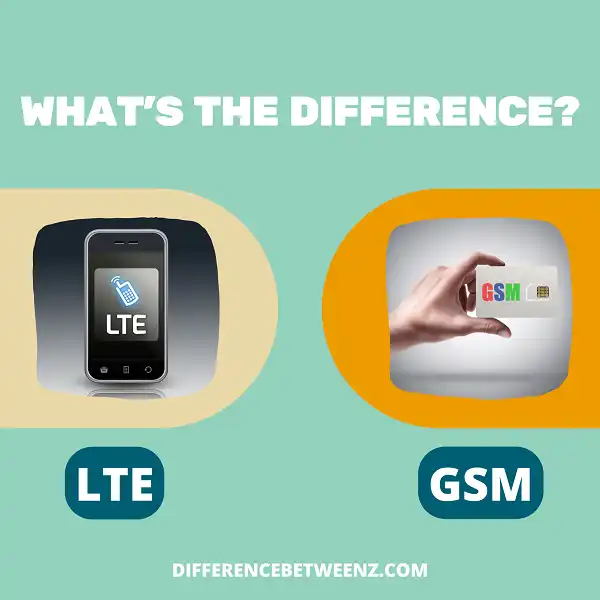LTE and GSM are two of the most commonly used cellular technologies in the world. While they both offer similar capabilities, there are some differences between them that you should be aware of before choosing one or the other. In this article, we’ll take a closer look at those differences and help you decide which technology is right for you.
What is LTE?
LTE, or Long-Term Evolution, is a wireless broadband technology that is designed to provide high-speed data and voice services. LTE is the next generation of cellular technology, and it offers several advantages over older technologies such as 3G. LTE offers higher speeds and more capacity, which means that it can support more users and more data-intensive applications. In addition, LTE is more efficient, meaning that it uses less power and thus can extend battery life. LTE is also designed to be more scalable, so that it can be easily upgraded as new technologies become available. As a result, LTE is becoming the standard for new mobile devices and networks.
What is GSM?
GSM is a cellular network technology that is used to transmit voice and data services. It is the most widely used technology in the world, and is the standard for most mobile networks. GSM networks are made up of a series of base stations, which are connected to a central network. Each base station covers a specific area, and each mobile device is able to connect to the nearest base station. This allows for seamless coverage and uninterrupted service. In addition, GSM networks use different frequency bands for different services. This helps to ensure that voice calls are clear and data services are fast. As a result, GSM is an incredibly versatile and reliable technology that is used by millions of people around the world.
Difference between LTE and GSM
LTE and GSM are two digital cellular technologies that are used to transmit voice and data over radio waves. They are the most widely used technologies in mobile networks around the world. LTE stands for Long Term Evolution and is a 4G technology that offers higher speed and capacity than previous generations of wireless technologies. GSM stands for Global System for Mobile communications and is a 2G technology that allows for voice calls and text messaging. LTE is faster than GSM, with peak download speeds of up to 100Mbps. GSM is more widely available than LTE, but LTE coverage is rapidly increasing. LTE is also more efficient than GSM, with lower latency and lower power consumption.
Conclusion
LTE and GSM are two different technologies used for cellular communication. While they share some similarities, there are a few key differences that set them apart. LTE is newer and faster than GSM, but GSM is more widely available. If you’re looking to choose between the two technologies, it’s important to understand what each one offers so you can make the best decision for your needs.


